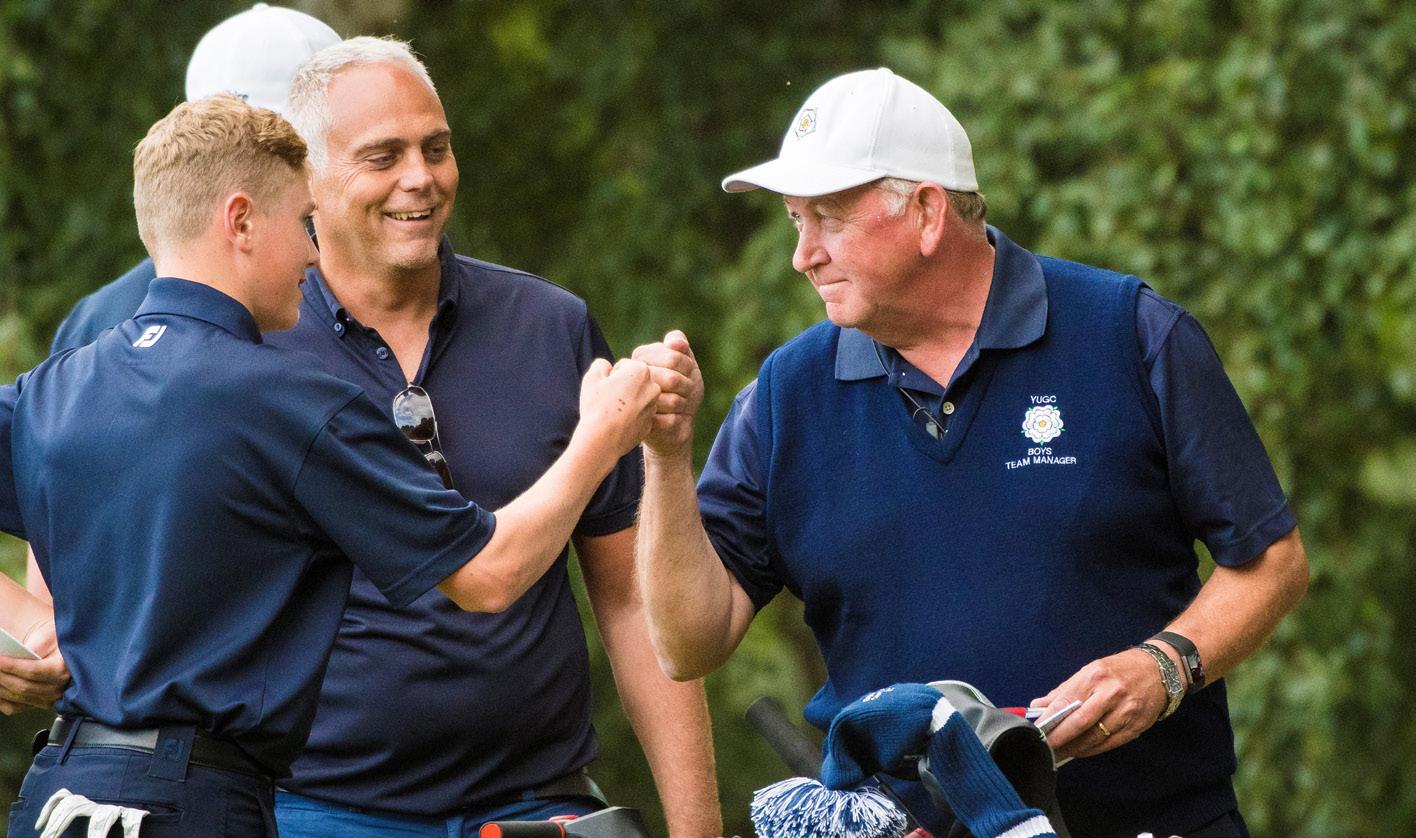
1 minute read
44,000 99% volunteers The Research Process
Qualitative research
Since we were interested in the experience of golf club volunteers, we listened to what volunteers had to say – in their own words. It was also vital that we, as researchers, understood the golf club environment. The research, therefore, collected and analysed a range of qualitative data.
Advertisement
We collected data via the following means:
• Observing activities at four golf clubs, covering a range of geographies, size, cost of membership and club culture.
• Reading documents from golf’s governing bodies, golf media and golf clubs.
• Conducting in-depth, semi-structured interviews with golf club volunteers.
Data was analysed using coding techniques which facilitated the analytical comparison of similar and different experiences.
Golf clubs are heavily reliant on the ‘baby boomer’ generation, both as members and volunteers. This presents golf clubs with a challenge because younger generations often have different attitudes and expectations.
Who did we speak to?
We interviewed 28 golf club volunteers. The volunteers performed a range of roles, including board members, captains, committee members, junior organisers and grounds maintenance helpers.
We talked to a diverse range of volunteers:
• A third were female.
• Half were aged under 50 and in work.
• 28% had played golf continuously since being a junior, 40% had taken up golf as an adult, and 32% had returned to golf as an adult having initially learnt to play as a junior.
We are enormously grateful to all those volunteers that took part in the research. Without them telling their rich and vibrant stories, this report wouldn’t have been possible.









